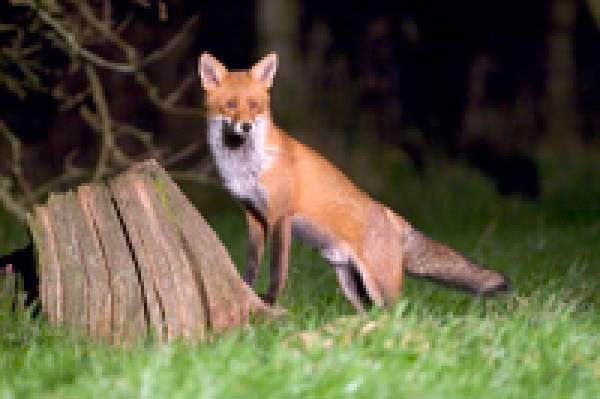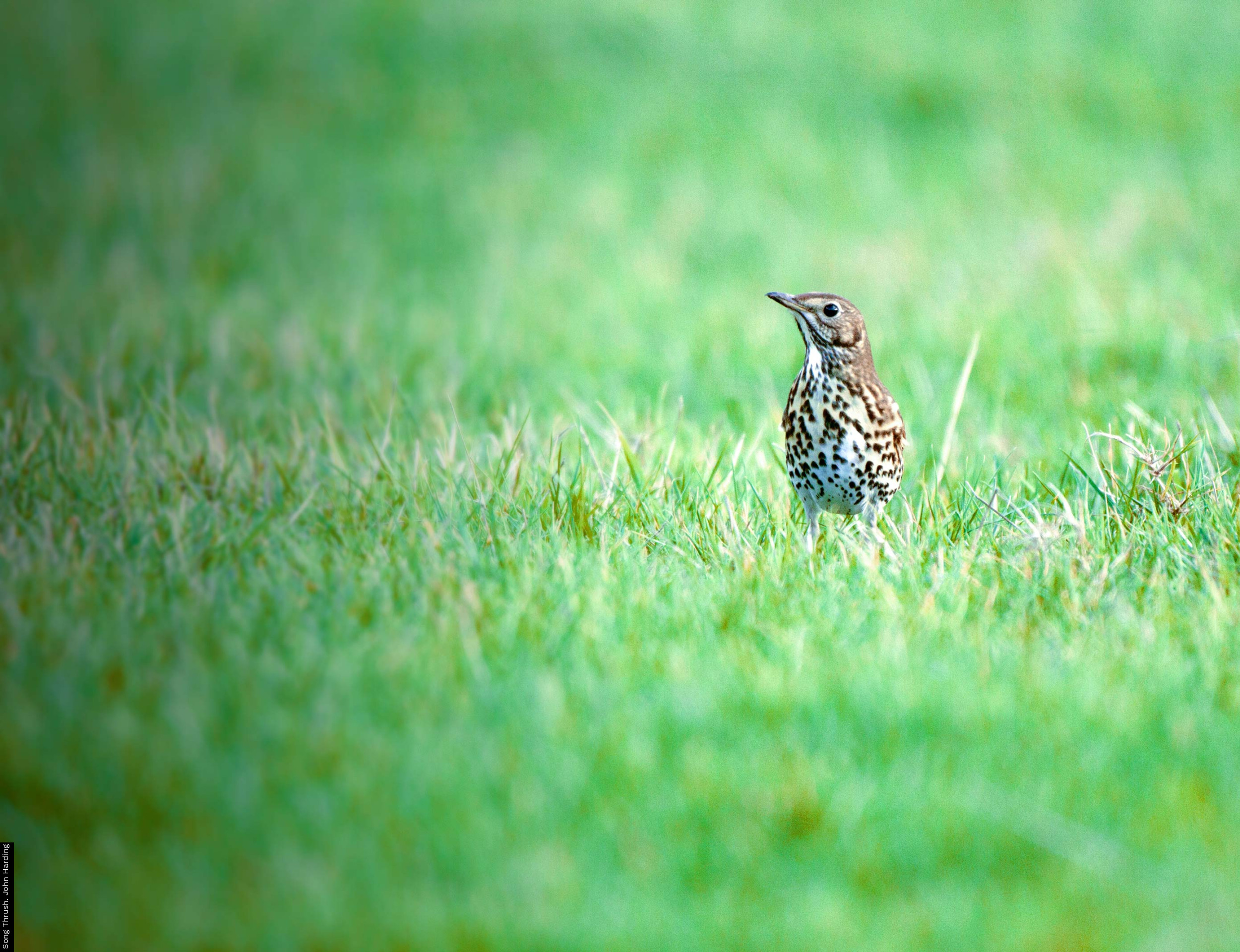Red Fox
Red Fox
Vulpes vulpes

It should be relatively straightforward to identify a fox. The conspicuous features are the slender muzzle, erect black-backed ears and long, bushy tail. Individuals suffering from mange may have patches of fur missing and in some cases, the tail is far from bushy. Fresh fox droppings (known as scats) are black with a characteristic odour. They often have a characteristic twist in them, which helps distinguish fox droppings from those of dog.
Foxes are territorial and each territory is typically occupied by a family group consisting of a pair and their cubs. Extended family groups, usually containing extra females who will be young of the previous year, can occur in areas where food is readily available and persecution is lacking. In urban areas, territories are often quite small, averaging 45 hectares, with some parts of the territory only used infrequently - for travel between favoured feeding areas, for example. Foxes mark their territories with urine, sprayed on conspicuous objects at nose height, and faeces - the smell of fox is quite characteristic and a useful indication that a garden has been visited during the night.
Foxes are not protected in the UK except for by The Hunting Act 2004, which banned hunting for them with dogs in England and Wales.
Most activity takes place at night, or dawn and dusk, but daylight sightings can be quite frequent in urban areas, particularly in large quiet gardens. Foxes spend quite a bit of time scavenging food and are very opportunistic when it comes to feeding. Beetles, earthworms, fruit, small rodents and birds will all be taken, as may fish and crabs (on occasion), together with carrion and kitchen scraps. Surplus food is often hidden in widely-spaced food caches as an insurance against times of food shortage.
Foxes make a variety of calls, the most familiar of which are the 'scream' and triple bark, often uttered during the breeding season (December-February). A litter of four or five cubs are born blind and deaf in a breeding den where they will remain until they are at least four weeks old, about the time that they are weaned onto solid foods. The cubs become progressively independent throughout the summer months but may remain with their mothers until August.






Share this page